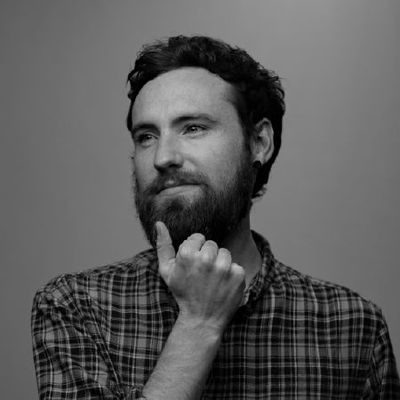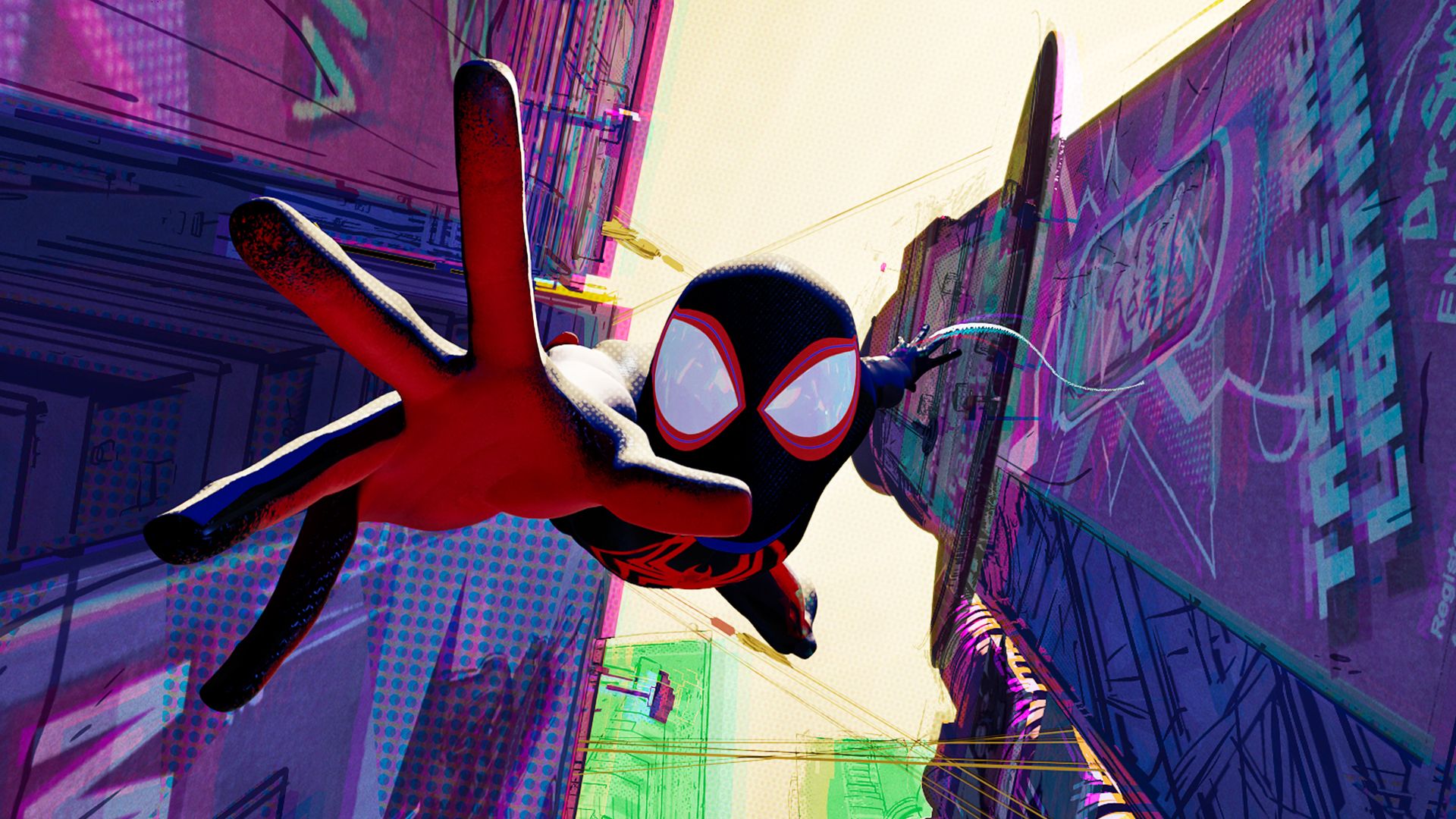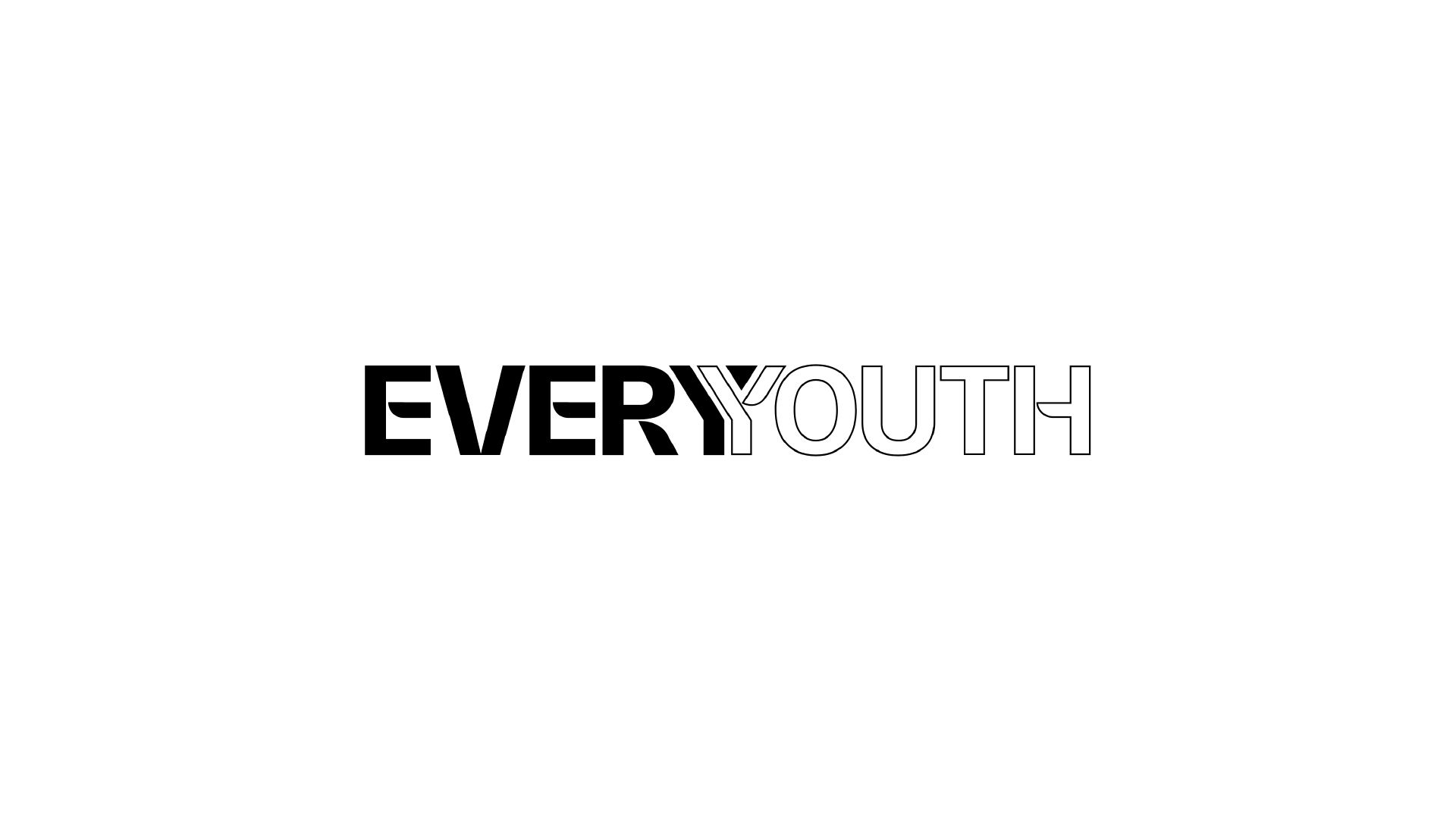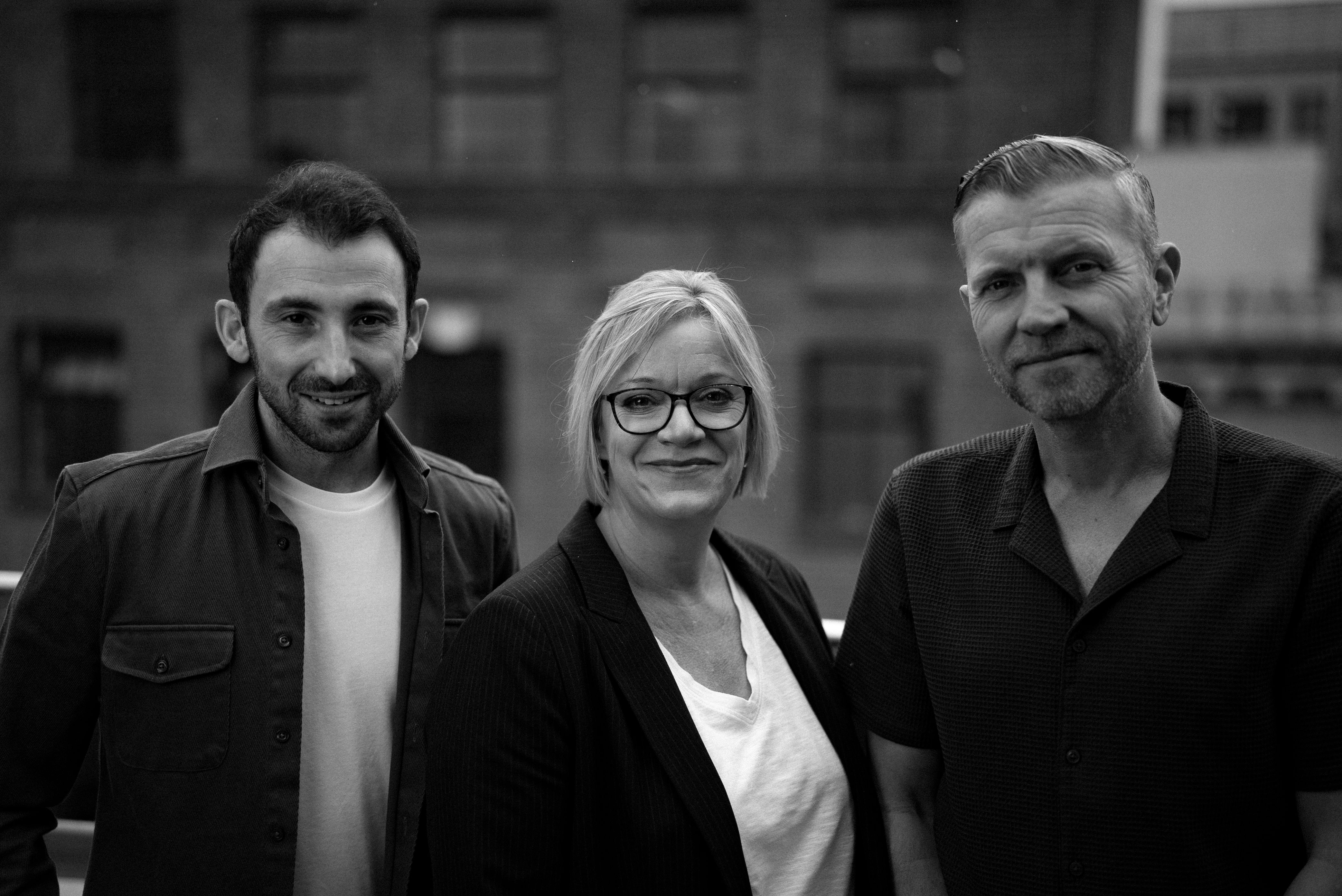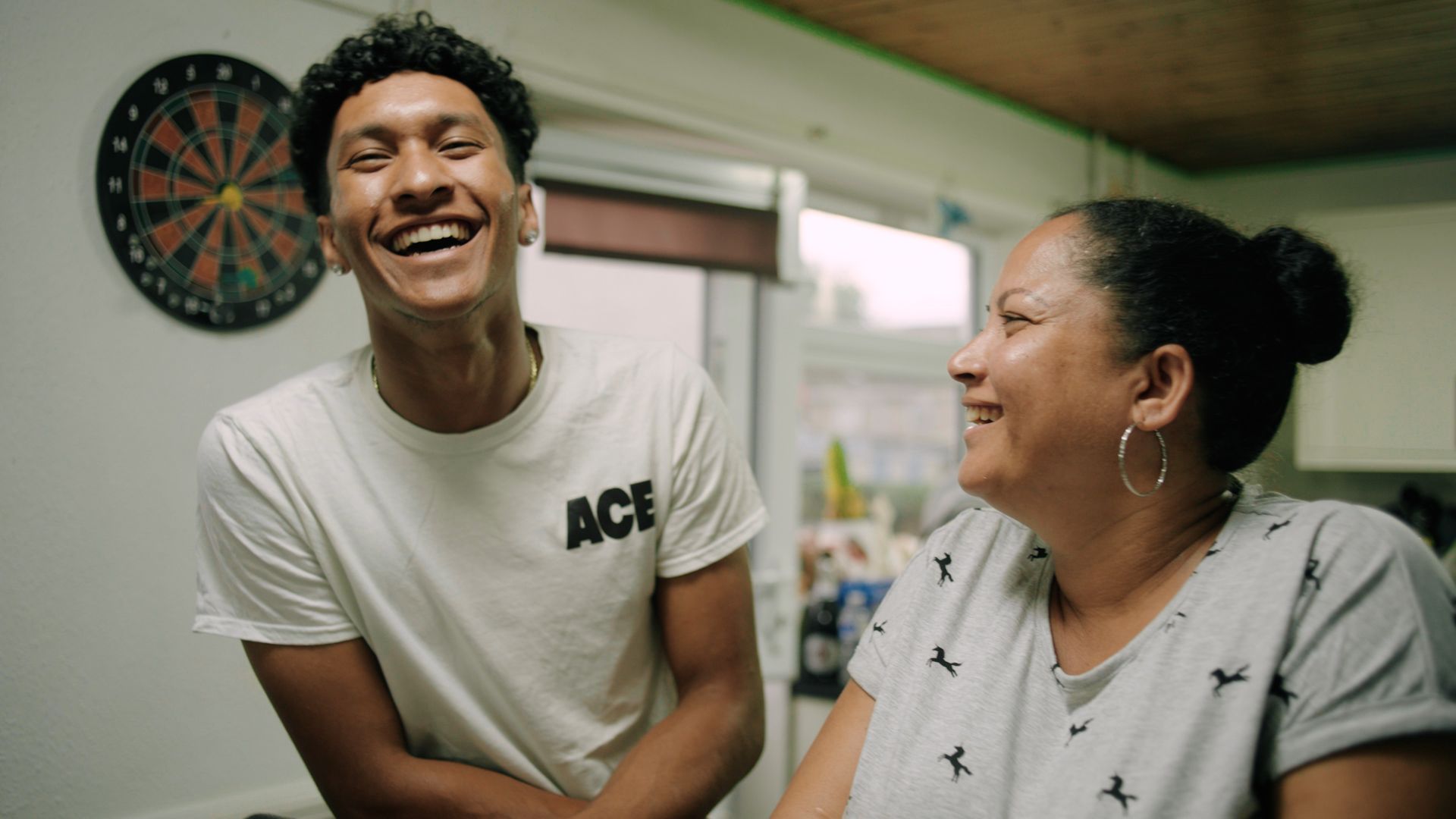
The Documentary Playbook: Lessons in Storytelling for the Social & Digital Era
The Documentary Playbook:
Lessons in Storytelling for the Social & Digital Era
In the world of modern digital media, companies like ours are made up of people from all sorts of backgrounds. Some have studied animation or film and TV, others have a background in journalism, some are designers with a passion for fashion, and others are finance heads keeping us all in check. But what ties us all together is the end product—the work we produce—and having a grounding in the traditions of that work is essential to creating truly great content.
If you think about it, a video or “motion picture” from 1900 would be closer in style to something made in 1925 than a film from 2000 would be to the way we make and consume content today. The evolution of video has accelerated so dramatically that the way we engage with it now is almost unrecognisable from even 20 years ago. But the techniques that developed in the later decades of the 20th century, particularly from the 1960s through the 1990s, still form the foundation of what we do every day, whether we realise it or not.
Take documentary filmmaking. There’s a direct line between the observational documentary styles pioneered in the 1970s and the way people create content today, often with nothing more than their phone. Whether the creator is conscious of it or not, the way they frame a shot, the way they capture a moment as it unfolds, the way they edit it together—it all has its roots in the traditions of documentary cinema.

Of course, for someone just picking up their phone to capture a moment, none of this really matters. They don’t need to understand the form of cinema to pull off the shot they want, it’s instinctive. However for an agency like ours, where we have a full-service studio and a team of specialists, having a grounded understanding of classic cinematic techniques is what allows us to consistently produce work that stands out.
Sometimes it’s obvious, for example when we’re working on a documentary-style content series or a long-form feature for YouTube. However sometimes it’s more subtle, like when we’re creating a promotional asset for an event, a teaser for a new release, or a piece of social-first content that needs to grab attention in the first few seconds. The formats may be different, but the fundamentals of good storytelling stay the same.

There’s a tendency to think of promotional content as something separate from documentary filmmaking, but when you strip it back, the principles are often very similar. People don’t just want to be sold something—they want to feel like they’re being let in, given access to something they wouldn’t see anywhere else. That’s a huge reason why sports documentaries have exploded in popularity over the last few years. Fans don’t just want to watch the game; they want to see what happens in the dressing room, on the training ground, in the moments of tension before kick-off.
That same mindset can be applied to any kind of content. Whether it’s a short-form video for social or a full-length feature, audiences respond to storytelling that feels authentic, that draws them in, that makes them feel part of something. It’s why observational documentary is still such a powerful format, even in an age where we can peer into each other’s lives through our phone screens at any moment.
Ultimately, this is why it matters, because people enjoy it. Good storytelling will always stand the test of time. It’s why films like The Wizard of Oz or The Great Escape are still watched every year. It’s why great documentary films still have the ability to grip audiences decades after they were made.


